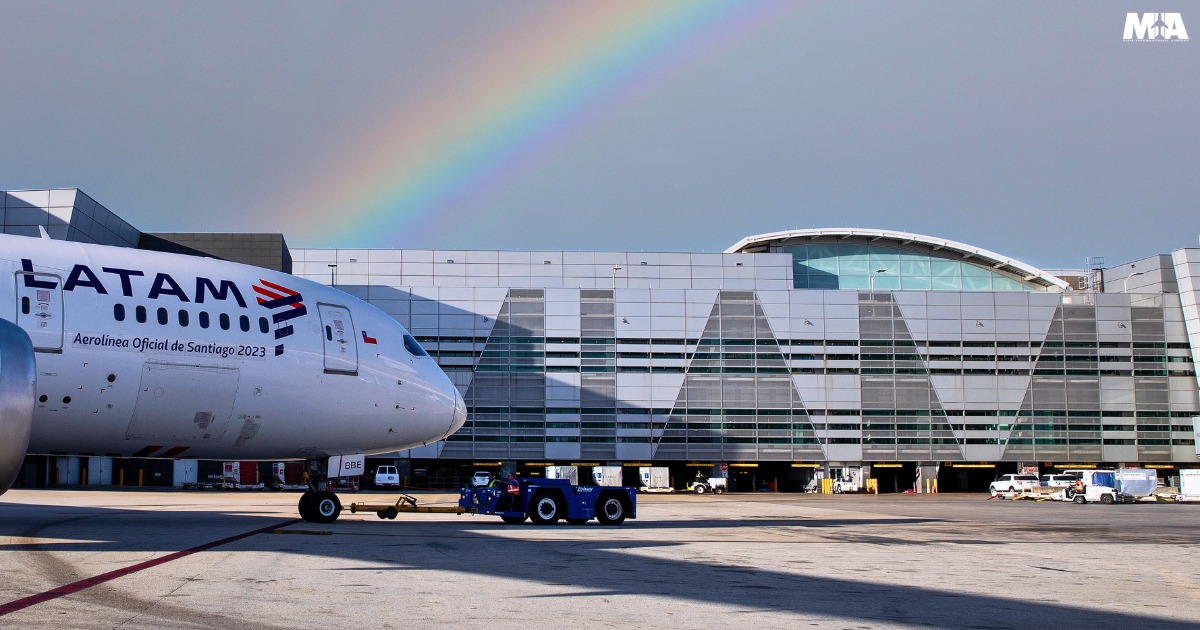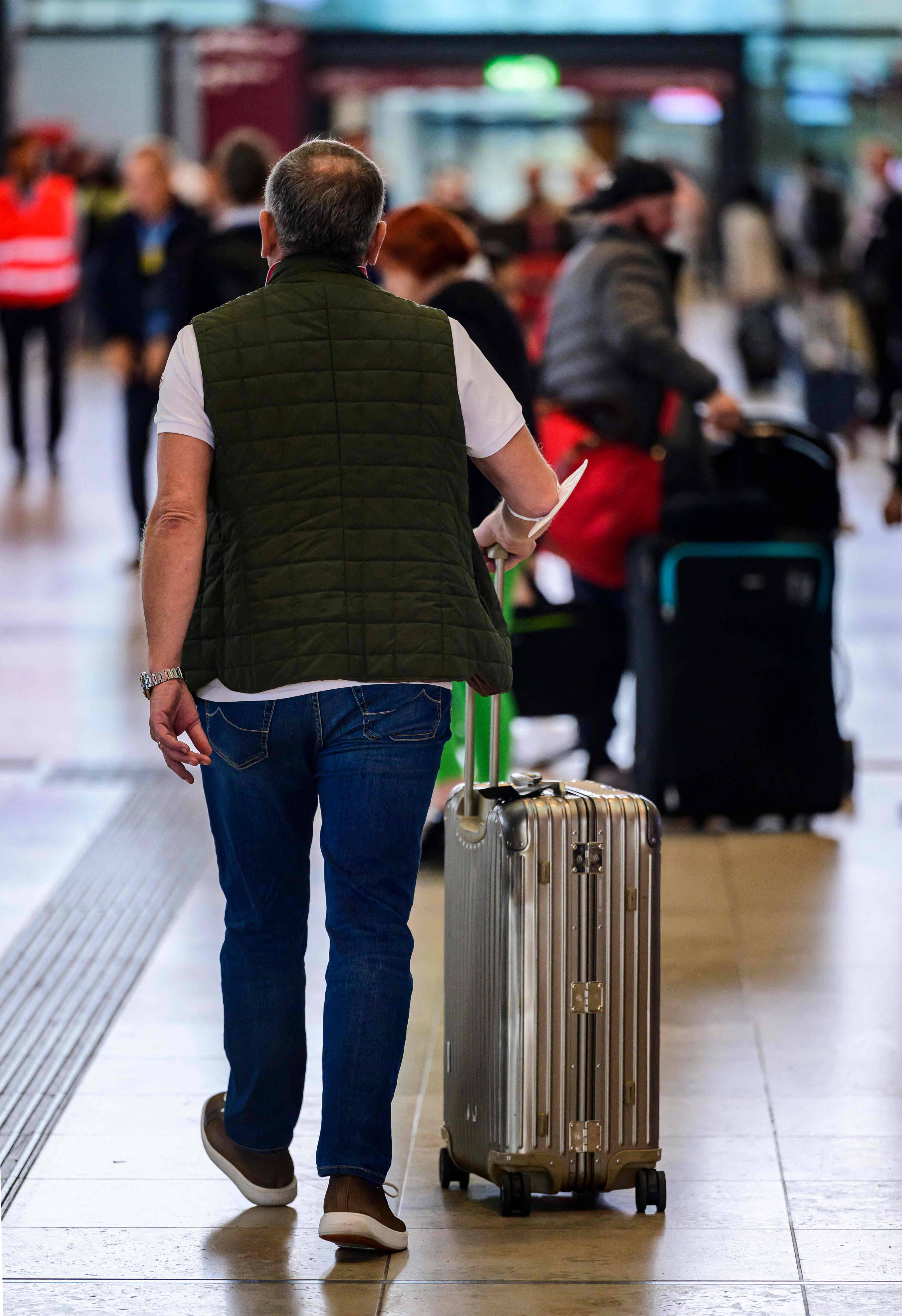These are the 11 items you can carry in your carry-on luggage after the US rules update.

The U.S. Federal Agency has expanded the "3-1-1" rule, allowing the transit of 11 items through the country's airports. The rule has been in effect since 2006 and is overseen by the Transportation Security Administration (TSA). The implementation of this measure aims to reduce inspection times at checkpoints, improving the passenger experience .
What does the "3-1-1 rule" regulate? The Transportation Security Administration has implemented the "3-1-1 rule" at U.S. airports since 2006, ensuring the security of the transportation system.

Passengers will be able to transport their liquid medications on flights. Photo: Instagram @flyfrontier
The regulation primarily governs the transport of liquids, aerosols, and gels . The quantity and size of the container carried in carry-on baggage cannot exceed a maximum capacity of 100 ml (3.4 ounces). Furthermore, the product must be inside a resealable, transparent plastic bag.
The eleven permitted elements These are the 11 categories of items authorized by the Transportation Security Administration that may transit through the country's airports:
- Prescription medications: gels, liquids or sprays.
- Over-the-counter medications: eye drops or oral treatments to relieve cough.
- Liquids: contact lens solution.
- No volume restriction: formula and breast milk.
- Essentials for the care of children and babies: food (milk), and medicines (syrup).
- Dental care products: gels and solutions for children.
- Products for household consumption: eggs
- Fresh seafood: transporting fish in water.

Miami International Airport is one of the strictest. Photo: Facebook Miami International Airport
- Specialized medical devices : wet batteries for pacemakers or insulin pumps.
- Intravenous supply: intravenous bags and medical syringes.
- Items purchased tax-free.

Safety and comfort in the air. Photo: AFP
Travelers carrying any of the "11 items" following the expansion of the "3-1-1 rule" must notify airport security officers before entering the checkpoints. Authorities may conduct a manual inspection if the item cannot be seen by X-ray.
LATEST NEWS EDITORIAL.
eltiempo




